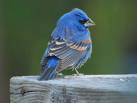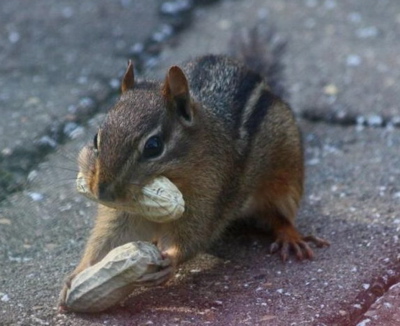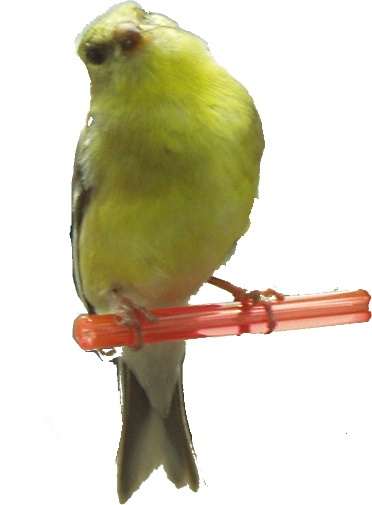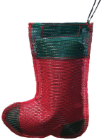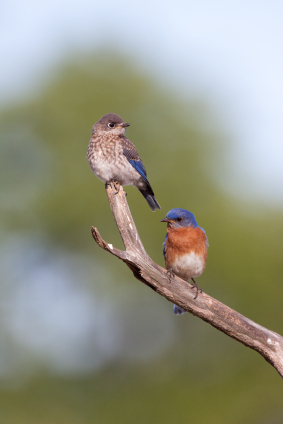-
Bird Cams are Nature’s Spies
The birds around here are fed daily; the meal worms, the woodpecker mix, the bark butter, the cardinal seed, hummingbird nectar, sunflower hearts, finch mix and thistle seed, drippers and misters, and oh yeah, the squirrels too. This is part of my morning ritual, checking feeders and cleaning bird baths if necessary. Some folks think I’m crazy, but it’s so worth seeing an adult bluebird feeding fledlings mealworms from the bluebird feeder. Mornings seem to be so rushed too, I barely catch a glance here and there of the fabulous activity right outside the kitchen window.
So, I’ve devised a new plan, that when I get home and grab some coffee, it’s straight outside to the back deck. Time to sit down and watch the birds who I so routinely feed every single day. Just tonight, it was amazing to see all the species and the cutest babies just learning to use the feeders. Bluebirds, Cardinals, Goldfinches, Titmice, Nuthatches, butterflies, both Hairy and Downy Woodpeckers, Purple Finches, and Hummingbirds buzzing my head as I was too close to their feeder. It was like a show.
My next plan is a bird cam to catch all this action while I’m gone most of the day. Bird Cams are like nature’s spies, and I want one! Recording much more than the birds, they should call it a Wildlife Cam. They don’t have to be installed in a birdhouse, just set near some busy feeders and they’ll record tons of activity for later viewing. A great show like this shouldn’t be missed!
-
Why Are Finch Feeders So Popular This Time of Year?
The Wild Canary, aptly nicknamed for their vibrant summer plumage are out and about in droves this time of year. With electric yellow feathers, they’re pretty hard to miss.
One of North America’s favorite songbirds, the American Goldfinches’ nesting season is now winding down, and tons of babies and adults populate the yards of those who have finch feeders. Preferring nyjer, (or thistle seed) it is fed to babies almost exclusively.
With their gentle nature and very sweet character, Goldfinches are not the kind to fight at crowded finch feeders. They will usually just give up and fly away. There’s an easy and effective way to accommodate more birds without having to buy costly feeders. Thistle Socks, or bags are the perfect way to offer more feeding space to these sweet birds.
The mesh bags usually have a draw cord for closure and hanging. They’re refillable and birds really love them! Generally in white nylon mesh, there are variations like holiday-themed finch feeders, and the newer ones are available in black, which offers a striking contrast with goldfinches color.
Remember to leave finch feeders out year-round, as these birds will overwinter locally. Their plumage fades a bit to a dull, olive-drab color in winter, but you can bet on that fabulous, bold yellow hue come warmer months!
-
Blue Bird Houses May Not be Enough
Silly me! I seriously thought that by placing blue bird houses in the yard the sweet birds would just appear and decide to take up residence. Not the case though. After some time, the bluebird feeder was introduced with offerings that weren’t too enticing to bluebirds. Suet crumbles, bluebird banquet, roasted mealworms, and a host of other foods claiming to be” their favorite” were not attracting bluebirds to the yard.
Then after biting the bullet so to speak, live meal worms were offered and it worked…in fact, it worked great! I noticed in the dead of winter there were eastern bluebirds in my yard…everyday! There’s a heated bird bath in the back, and they frequented it daily. Now added to the list of chores was feeding the worms everyday, but it was just so rewarding to watch these sweet little birds chowing down!
When it started to warm up, the bluebirds were busy building a nest of pine needles in one of blue bird houses. In and out for a few days, the nest was completed quickly. I watched the process over the next few we
eks, afraid to even open the house and peek inside. The parents dutifully fed the chicks mealworms over the next few days. Feeder to house, house to feeder, I watched in delight.
Fledglings! Three healthy bluebird chicks learned to fly. I watched as they’d follow their parents over to the meal worm feeder, land on top and scream for food. After a few days they learned to enter and exit the openings to get their own worms. This was very cool to witness, and I would suggest to anyone with the least bit of interest in Bluebirds to try it and see!

